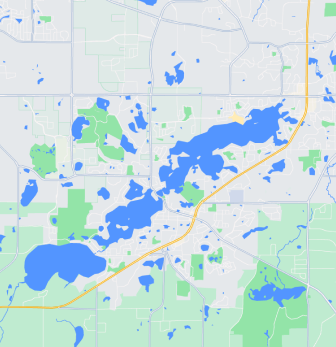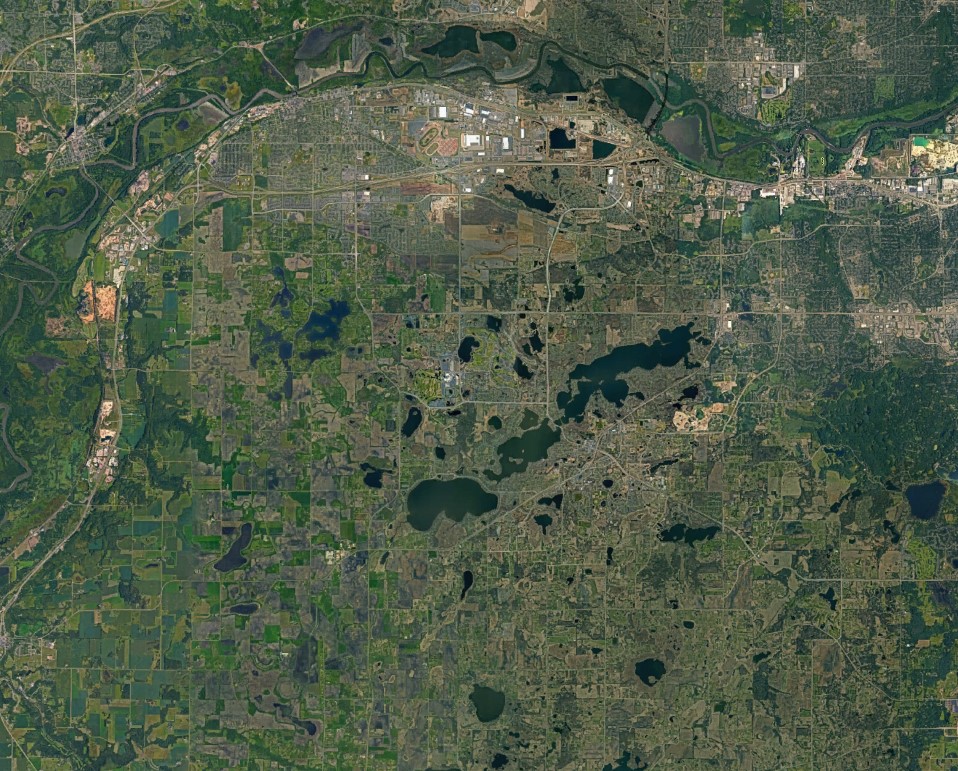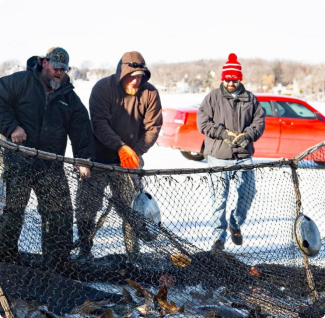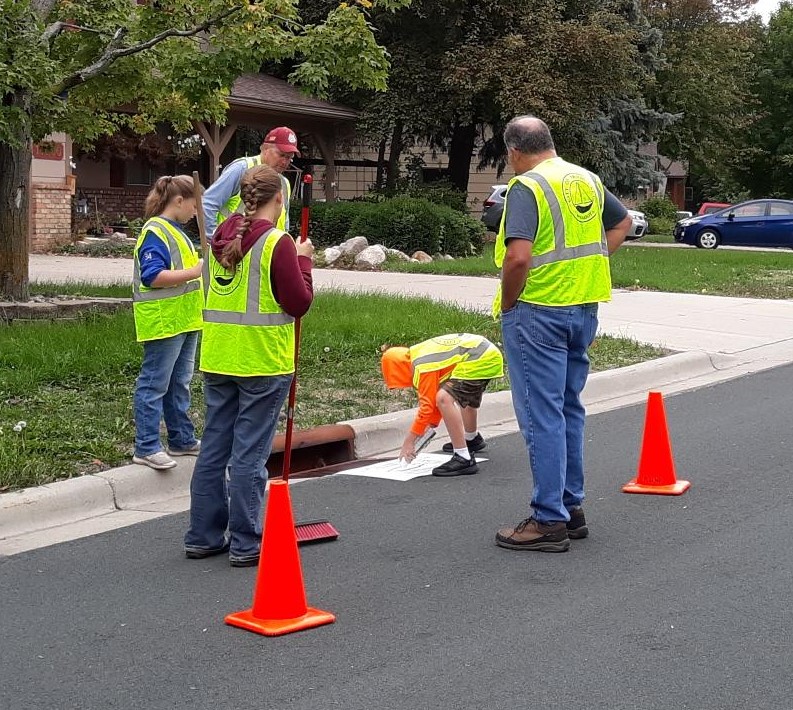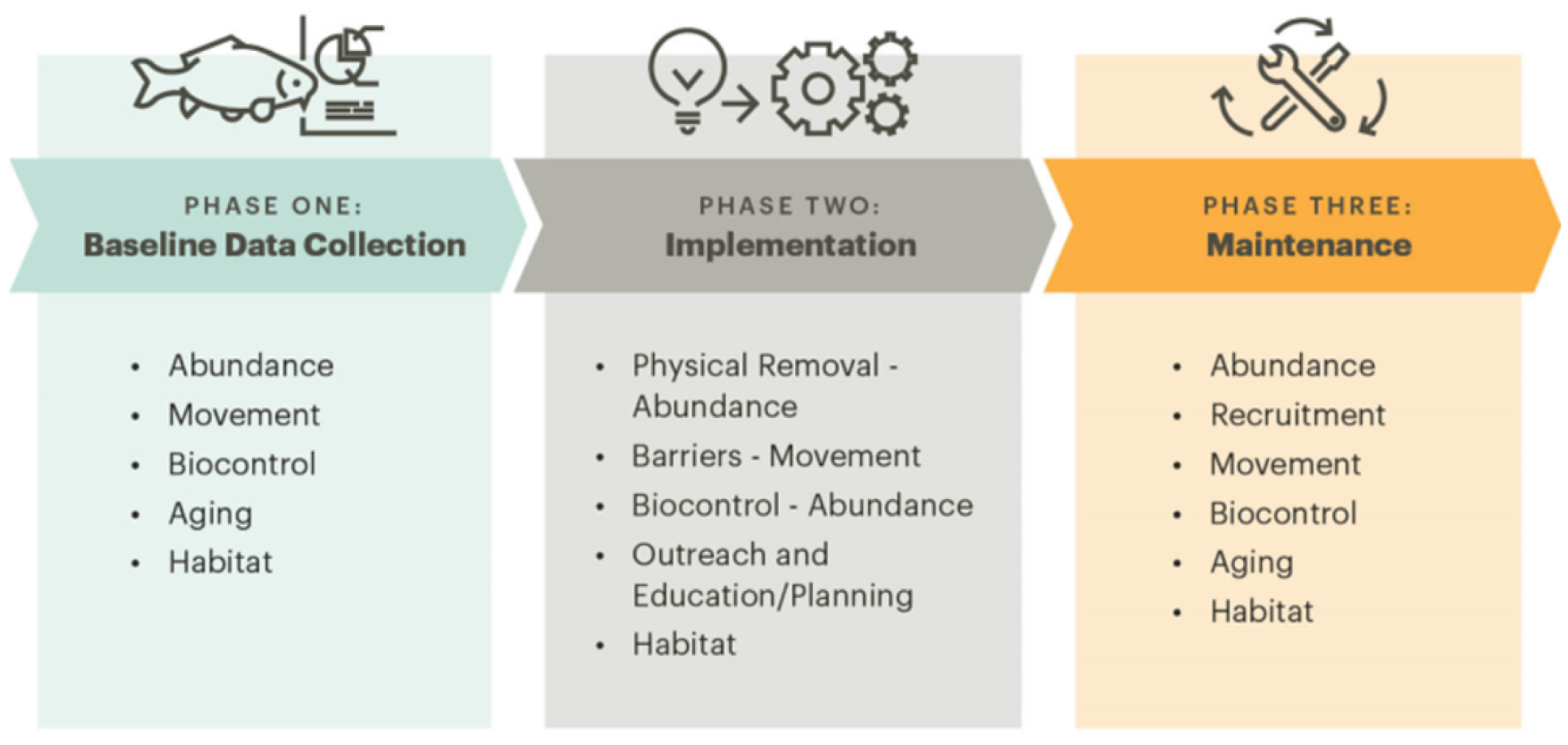Carp Management
Addressing impacts of invasive fish
Carp can have direct and indirect negative effects on water quality by uprooting submergent and emergent aquatic vegetation and by releasing phosphorous sequestered in lake sediments.
Carp Overview
Common carp (Cyprinus carpio), a non-native fish originating in the Caspian region of Eurasia, are the most widely distributed nuisance fish in the United States (Nico et al., 2012). Carp can have direct and indirect negative effects on water quality by uprooting submergent and emergent aquatic vegetation and by releasing phosphorous sequestered in lake sediments.
The phosphorus is then available to free floating algae and can lead to an increase in total phosphorous and Chlorophyll-a concentrations in the lake and to a decrease in water clarity. By removing the carp from the system, both the phosphorus within the carp carcass and the amount that would typically be excreted will be completely removed, while also abating the release of phosphorus created by foraging behavior.
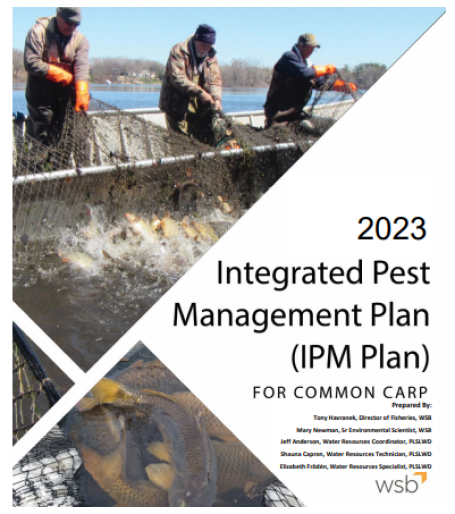

Integrated Pest Management (IMP) Plan
This plan is a working document updated each year as new strategies and goals to reduce the common carp population in the District’s priority lakes are incorporated into the plan.
Carp Integrated Pest Management Plan
Spring Lake, Upper Prior Lake, and Pike Lake are listed on the MPCA’s impaired waters list due to excess nutrients, and the TMDLs identify internal loading from rough, benthic fish, such as common carp, as one of its main contributors. These impairments limit recreational opportunities as well as waterfowl habitat, native aquatic vegetation abundance, and native game fish populations. As most of the waterbodies within the PLSLWD are connected, improvements to the impaired waters will also have benefits downstream. As they are listed as Tier 1 Lakes in the PLSLWD’s 2020-2030 Water Resources Management Plan, receive the highest public use, and are currently on the state’s impaired waters list, the District has established the following two lakes as its top carp management priority:
In 2002, Spring Lake and Upper Prior Lake were listed on Minnesota’s 303(d) List of Impaired Waters for nutrient/eutrophication biological indicators and aquatic recreation on both lakes is impaired. The 2012 Spring Lake and Upper Prior Lake TMDL Implementation Plan identified internal loading, including the load from rough fish (e.g. carp), as a source of roughly half of the phosphorus internal loading to the lakes. The plan went further to identify rough fish management as a way to significantly reduce estimated phosphorus loading.
The District’s carp management project maximizes water quality restoration and remediation by addressing one of the root causes of internal loading identified in the TMDL for Spring and Upper Prior Lakes: common carp. Carp stir up sediment from the lake bottom when they forage for food. This re-suspended sediment makes more phosphorus available to phytoplankton and increases the shading effect on native submergent aquatic vegetation. Aquatic vegetation sequesters phosphorus but when the plants do not receive as much sunlight, the plant populations will be reduced and less phosphorus will be stored in the plants. Carp also feed directly on or uproot vegetation, further increasing the level of phosphorus in the water column. By removing the carp from the system, both the phosphorus within the carp carcass and the amount that would typically be excreted will be completely removed, while also abating the release of phosphorus created by foraging behavior.
As a result of the 2012 TMDL Plan, the District began building a comprehensive carp management program to address the internal loading in Spring and Prior Lakes. In 2017, the PLSLWD developed an Integrated Pest Management Plan to reduce the common carp population in the District’s priority lakes, looking at the system as a whole. This plan is meant to be a working document which is updated each year as new strategies and goals are incorporated into the plan.
This project uses integrated pest management (IPM) principles to effectively manage the common carp population within the basin. IPM involves the use of targeted carp removal methods, barriers to spawning grounds, and biological controls to limit carp recruitment, as well as monitoring environmental parameters that can inhibit or promote carp population growth within the Spring and Prior Lakes basins. Adaptive management will use the carp population data that is collected including population and biomass estimates as well as migration routes and winter aggregation locations.

